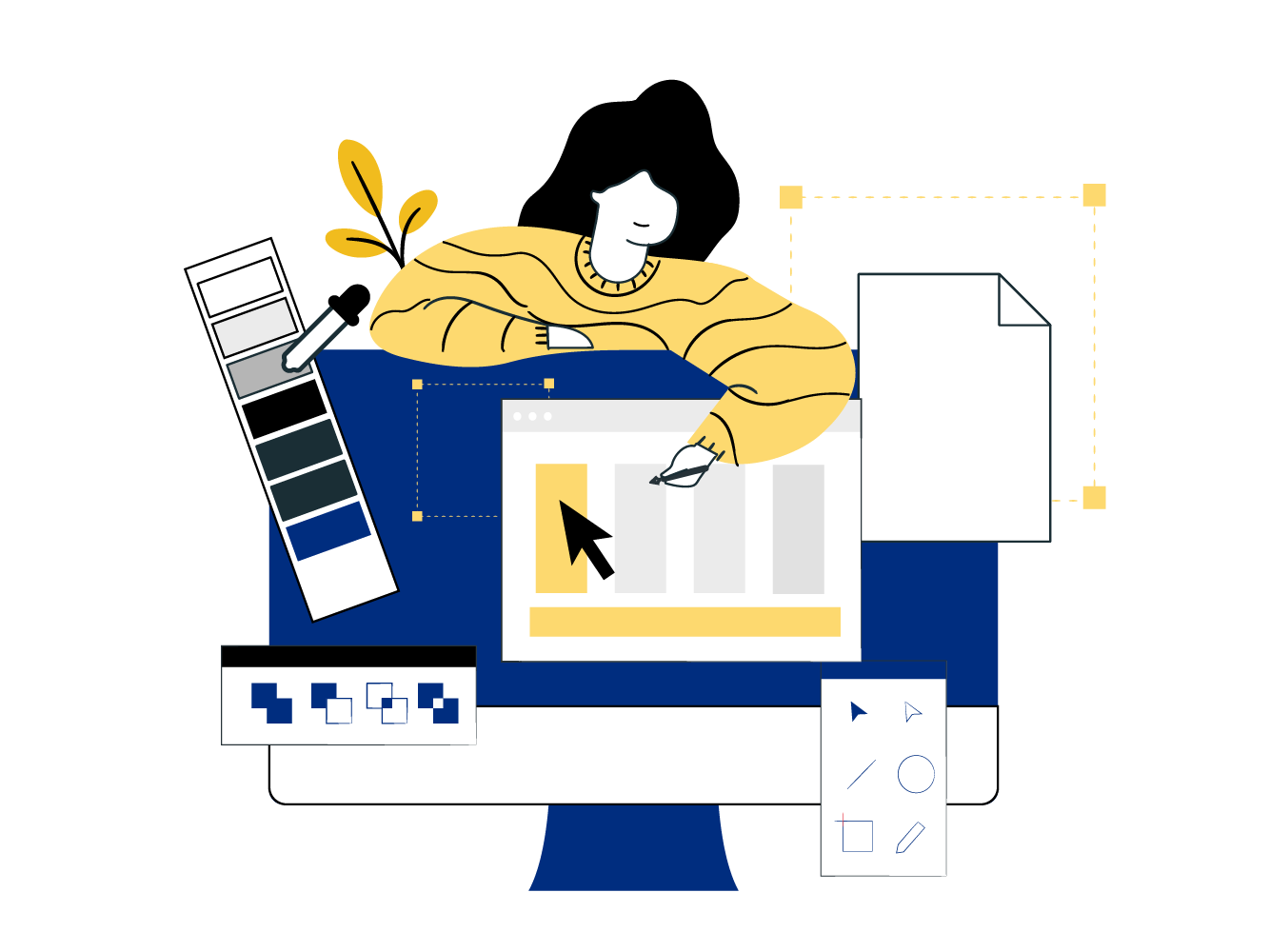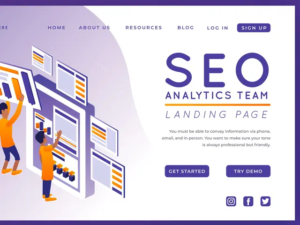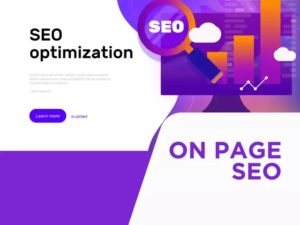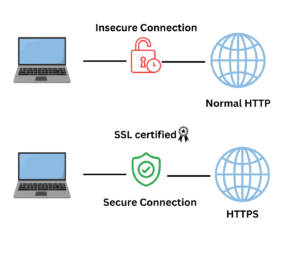There are plenty of factors that make for an exceptional digital experience. But what do you think is the most important among them? Has it always been copy? What about SEO?
But let’s hold off on that little thought exercise and focus on one of the most challenging, yet rewarding parts of creating a website: design. No matter what your initial priority is, it’s hard not to get invested in making the visual aspect of your online platform come to life. But what if you don’t have experience in graphic or website design? Where do you start?
Things to Consider for Your Website Design
A website is integral to any businesses, personalities or creators who are looking to legitimize themselves online and bring their brand to a wider audience. While each site has its own unique set of challenges, there are also plenty of common denominators among those that have been successful.
Design and Colour Scheme
Colours can evoke specific emotions and affect users in various ways even before interacting with the rest of your website. Colours themselves can elicit meaning or can be used as a design tool to highlight something else or promote a call to action.
Clear Visual Hierarchy
In essence, visual hierarchy means communicating your website’s design and structure most effectively. It’s likewise the process of arranging design elements to show their order of importance. While software lends an expansive design toolbox by default, the sum of it rarely amounts to anything if the cogs are not put together strategically.
Usability
Usability largely speaks of the convenience that website visitors get as they interact with your own site. Is the design easy to understand or follow?
When working on usability, you will mostly come across the terms user interface (UI) and user experience (UX) design. The former mainly takes on the visual aspect of web pages while the latter is more about the site’s ability to leave users with a positive experience. There are plenty of ways to study and improve usability but the most useful method is user testing.
Take Into Account Web Accessibility
Web accessibility is all about the website’s ability to interact with users with disability. Simply put, it’s about whether or not a website design is inclusive. The World Wide Web Consortium (W3C) already has the standards for this so that designers can focus on executing their design ideas.
The W3C is the standards organisation for the world wide web and is led by a guy named Tim Berners-Lee. Does that ring a bell?
Have SEO in Mind
SEO does not only help increase website traffic, but it also contributes to the overall user experience. It would be more efficient and cost-effective if you could start considering or integrating SEO best practices during the conceptualisation of every single web page.
Whether you are a professional website designer or an individual who is just looking to take your brand online, it’s important to take time to learn basic SEO as soon as you get the resources that can support it.
User Experience
User experience is concerned with every discernible aspect of the end-user’s interaction with a website, its services, and its products. As you may have noticed, it’s not a concept native to web design. It applies to any entity looking to provide a product or service to consumers.
Additionally, remember that user experience is not something you design, but it’s what you design for. Your primary task as a web designer is to utilise website design ideas that are intended to provide site visitors with a pleasant experience.
Qualities for a Good Website Design
Putting the following qualities together can turn your website into a user-friendly, visually pleasing and effective platform that will establish your online presence and grow your brand exponentially.
Easy to Navigate
On top of a clear visual hierarchy, excellent B2B web design is easy to navigate no matter the screen size or platform that the end-user is connecting from. Website visitors expect a responsive design. This means your web pages are effectively accessible and ready to meet users wherever they are.
Has a Unique Brand Voice
Establishing a unique brand voice requires time and effort, especially for an online audience. On the other hand, those who are confident in what they have can instead focus on reflecting their identity through their design language.
Even when it’s tempting to just follow design trends to build a beautiful website or use templates from website builders
Visually Appealing
We all want an aesthetically pleasing website. But why stop there? Look for a more conscious approach to visual design by using elements that are synonymous with your brand. Additionally, select photos that are eye-catching and remain consistent with your identity. Use your own images whenever possible.
Provides Relevant Content
There are no two ways about this, your website content has to be well-written and engaging. It must answer to the needs and interests of the target audience. Also, outside of design and copy, don’t forget to use relevant images wherever applicable.
Optimised for Search Engines
Even the most beautiful or feature-rich websites are still subject to the algorithms that run search engines. Therefore, it’s better to incorporate a touch of SEO into your design process as soon as possible.
Has a Clear Value Proposition
A value proposition is a clear, typically short statement that communicates why consumers should choose your products or services. Being able to translate or integrate your value proposition into your web design can help you consistently find quality leads.
Good Page Speed
You must not overlook page speed when creating a website, especially when working on your homepage design. There is no singular way to augment loading speed but you can start with basic image optimisation, code compression, and minimizing HTTP. If you are not ready to get too technical, then using plug-ins or working with your hosting provider are reasonable alternatives.
Clear Call-to-Action
Create a clear and compelling call-to-action (CTA) that can lead users toward desired actions. Most of the best-designed websites excel at removing friction while end-users move down the sales funnel by generating expressive but non-disruptive visual cues.
Captures Quality Leads
An excellent web design, impressionable copy and SEO can help you create promising avenues for capturing leads. Some areas to focus on are call-to-actions, landing pages, forms, pop-ups and lead magnets.
What You Need to Start Your Website Design
The basic elements that you need to design your very own website start with the following components:
Domain Name
Your domain name is important in driving organic traffic and in making a website memorable. In general, choose a name that can reflect your brand and is easy to remember.
Web Hosting
Since there are plenty of web hosting service providers out there, you are nearly guaranteed to get the best of something wherever you end up. But if you do explore your options, then you might as well look for a web hosting package that includes benefits such as a free SSL certificate, blogging tools, domain privacy, and website builder.
SSL Certificate
Users expect websites to have SSL certificates to signal that user data is secure and that the website has verified ownership. An SSL certificate will prevent attackers from creating a fake version of your site and immediately add credibility to your brand. A quick way to determine if a website has an SSL is to check the URL. A secure URL should begin with “https” rather than “http.”
Web Builder
A website builder can help those who are not eager or trained to code build beautifully designed and powerful websites. They are especially great for small businesses since web designers are typically an expensive hire.
The most trusted website builders today are WordPress, Wix and Squarespace. But some established web hosting services like GoDaddy and Hostinger also provide their own builder, including the latter’s AI-powered software.
Meanwhile, WordPress also has its range of independently created page builders like Elementor, Divi, WP Bakery and others.
Search Engine Optimisation Tool
You can acquire search engine optimisation tools with varying purposes and scope from paid third-party specialists, search engines or plug-ins via a Content Management System (CMS).
How Can I Design My Own Website?
You can design your website by using HTML or CSS codes. You can also use a web design tool or software (e.g., Adobe XD, Sketch, Figma) to create your website’s visual layout.
Alternatively, you can also create beautiful and fully functioning websites by using a drag-and-drop page builder like Elementor in WordPress. If you are looking for a wordpress developer in Brisbane, get in touch with us at Web9.
How Do I Start Web Designing?
Set your goals. Do you wish to learn just enough to create one website for a small business or are you looking to take advanced lessons and build a portfolio? There is a lot to unpack when it comes to web design, so take a hard look at how much effort and resources you are truly willing to invest in the trade.
Can I Design a Website for Free?
Websites like Wix, WordPress, and Weebly offer free plans with their drag-and-drop page builders. These are great options if the website you have in mind is not too demanding. The platforms are also excellent as a practice environment for beginners.
On the other hand, an open-source CMS like WordPress.org (not to be confused with WordPress.com) allows you to download their software and install it on your hosting service. While the WordPress software itself is free, you do need to pay for your web hosting.
Do Businesses Really Need a Website?
Having your own website is increasingly valuable for brands in the modern digital era. It’s also a consumer-preferred touchpoint that is usually more cost-effective than traditional marketing and advertising, especially if you’re target audience is online.
What is the Easiest Way to Design a Website?
For some, it would be through a CMS like WordPress. Others may prefer the user interface in Elementor or Divi, as well as the templates that come with each software.
But no matter what platform you choose, designing a website from the ground up is not that simple. It will take momentous effort and resources to build a website that is beautiful, functional and true to your brand. On that note, hiring a professional to create a website and bring your vision to life—while you get to focus on other domains—can be the more cost-efficient option in the long run.
Website Design for Exceptional Digital Experience
Some brands and influencers thrive more on social media than any other platform. But for many, a dedicated website is still the more desirable place to have focused and meaningful interactions. For one, you are given more control over your account, digital assets and online presence.
More importantly, you are putting yourself in a better position to respond or adapt to market trends, customer behavior and competing products. With that said, we also understand that not everyone can spare ample time and effort needed to build their website from scratch. In this case, we recommend hiring a professional web design and digital marketing company like Web9 to strategically bring your ideas to life and elevate your brand’s online presence.







